February 14th, Valentine’s Day. It is said that this romantic holiday is named after Saint Valentine, who was a priest in 3rd century Rome. Marriage was outlawed by Emperor Claudius II, as he believed that men who were single made better soldiers than married men with families. Valentine broke this law and married, eventually being discovered, thrown in jail and sentenced to death. He then fell in love with his jailer’s blind daughter and her vision was restored as a result of their love for each other. Before his death he wrote her a love note and signed it, “from your Valentine”. Since then, every year on February 14th millions of people scramble around buying long stem roses, heart shaped boxes of chocolates, and cards with love-filled poems. Reservations are made, engagement rings are neatly wrapped in white paper and red bows, and weddings at the Empire State Building are thrown. Department stores are filled with pink, red and white displays of love, florists have rows of flower bouquets displayed, candy companies are working overtime, wedding coordinators are all booked up, and restaurants have specials that include wine and chocolate covered strawberries. Americans this year will spend 17.3 billion dollars on valentines and 1.6 billion people will buy chocolates alone.
So where did the idea of chocolate come from? When chocolate was first discovered by a man named Cadbury in the 1860’s, it was considered valuable, divine, and decedent. Cadbury was also the first person to market chocolate in heart shaped boxes for Valentine’s Day. Ever since then, giving chocolates has become an American staple as a sign of love. So why am I talking about valentines and chocolate? Well, even though my husband and I are both healthy vegans, our ultimate weakness is chocolate. And what better day then to indulge in our favorite treat than on Valentine’s Day?
This year, we went to Taza Chocolate Factory in Cambridge, MA, located in an old mill building tucked away from the main roads were we signed up for a tour. When we first walked into the mill, there was a deep rich smell of chocolate that made our mouths water. We stood there for a moment taking in the sweet scents before walking through the hallways. We followed the Taza signs and the smells to a door that led us to the origin of the delicious smells. Inside there was a small store where packaged chocolate was neatly on display, and we were greeted with friendly smiles from workers wearing brown aprons. Before the tour started, we strolled around looking at different flavored chocolates that you could purchase and sample, and sample we sure did. On each table was a variety of trays with little square pieces of chocolate, and very small tongs to pick up each delicate treasure. On the walls, large jars sat on shelves—each filled with additional flavors to sample. We tried the orange, raspberry, coffee, salt & pepper, almond, chili, coconut, eggnog, hazelnut, and vanilla, only to name a few. Each flavor was so good that we did not chew each piece, but let it melt slowly, savoring it until there was nothing left on our tongues.
Once the tour was ready to begin we all gathered to put on very stylish and sporty looking hair nets. Taza Chocolate was founded by Alex Whitmore in 2005. He discovered this unique, stone-ground chocolate while traveling to Oaxaca, Mexico. It was made by hand with carved granite millstones that gave an authentic flavor with a gritty texture that is very different from chocolate here in the US. This inspired him to learn how to make these stones so he could start his own chocolate factory here. The beans comes from 3 different sources, where he has established face to face relationships with the farms: Dominican Republic, Bolivia and Belize. These countries produce the highest quality and most unique tasting cocoa beans. These cocoa beans grow on trees inside pods the size and shape of a small football. Once they are opened, they are white and slimy. Then they are taken out of the pod and left to dry in a very organized and careful process, and once dried they are ready to be shipped and made into chocolate. Alex purchased vintage machines from an old candy factory in the Dominican Republic and a roasting machine from Italy. These old machines keep the integrity of the chocolate and help maintain the deep flavor as they are roasted and ground into nibs.
Our tour guide passed around samples of these raw nibs that tasted bitter—but not burnt—and very flavorful. Then we saw how they get turned into the mouth-watering chocolate that we sampled and how they are wrapped and packaged. The whole delicate process truly reflects the passion and love that goes into making this unique and delicious chocolate by hand. All of the finished products are made from bean to bar right in this small factory. They roast, winnow, grind, temper and mold right in the factory by hand. Most of the chocolate at Taza is made into round disks which is Mexican inspired, and some are made into bars or chocolate covered nuts and other treats. These delicious heavenly morsels are certified organic, Kosher, and are direct fair trade. They have no preservatives, artificial flavors or colors, they contain organic spices and raw cane sugar, and are made from the best cocoa beans in the world.
At the end of the tour, we were given more samples of their hot chocolate in little sample cups. What a perfect way to end a wonderful day before going back out into the cold for our drive home. We left there with full bellies and a bag full of chocolate round disks, a few bars, and chocolate covered nibs and cashews that will keep us stocked up for a while, as America’s love affair with chocolate continues.
Image source: Taza Chocolate
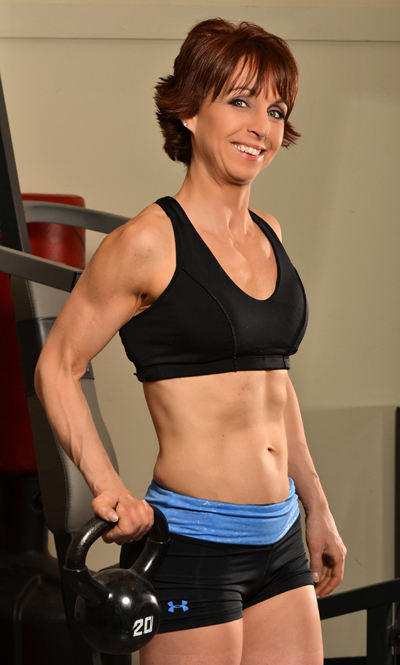 About Author Cheryl Coelho: New Years Eve 2008 and a resolution changed my life forever. I wanted to become healthier so I trained for a 5k. I was instantly hooked. Then, I decided to go back to school and earn my Bachelor’s in Health & Wellness and my personal trainer certificate. After watching the movie Food Inc., I decided to become vegetarian, which then led to reading, researching and watching everything I could to learn about the food industry. About a year after that I became vegan and earned my certificate in plant based nutrition at Cornell University. I now run marathons, bike, lift weight, yoga and have been featured in Vegan Health & Fitness magazine. As I continue to grow, it is my passion to educate other on becoming vegan for life.
About Author Cheryl Coelho: New Years Eve 2008 and a resolution changed my life forever. I wanted to become healthier so I trained for a 5k. I was instantly hooked. Then, I decided to go back to school and earn my Bachelor’s in Health & Wellness and my personal trainer certificate. After watching the movie Food Inc., I decided to become vegetarian, which then led to reading, researching and watching everything I could to learn about the food industry. About a year after that I became vegan and earned my certificate in plant based nutrition at Cornell University. I now run marathons, bike, lift weight, yoga and have been featured in Vegan Health & Fitness magazine. As I continue to grow, it is my passion to educate other on becoming vegan for life.

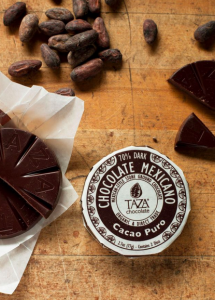
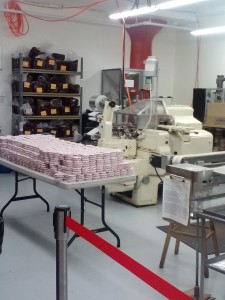
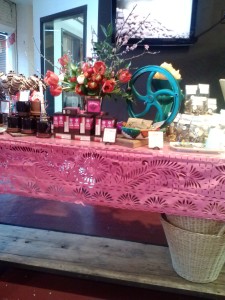
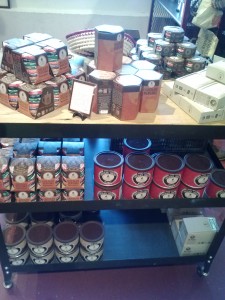
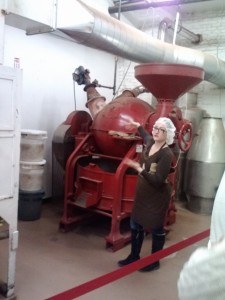
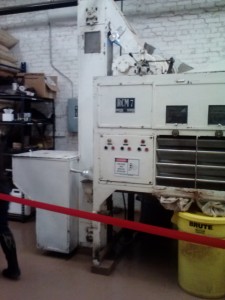
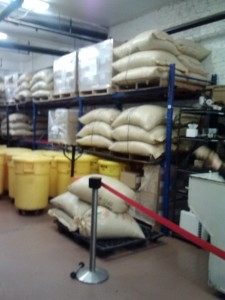
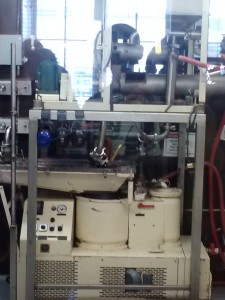

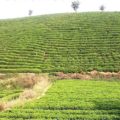



No Comments